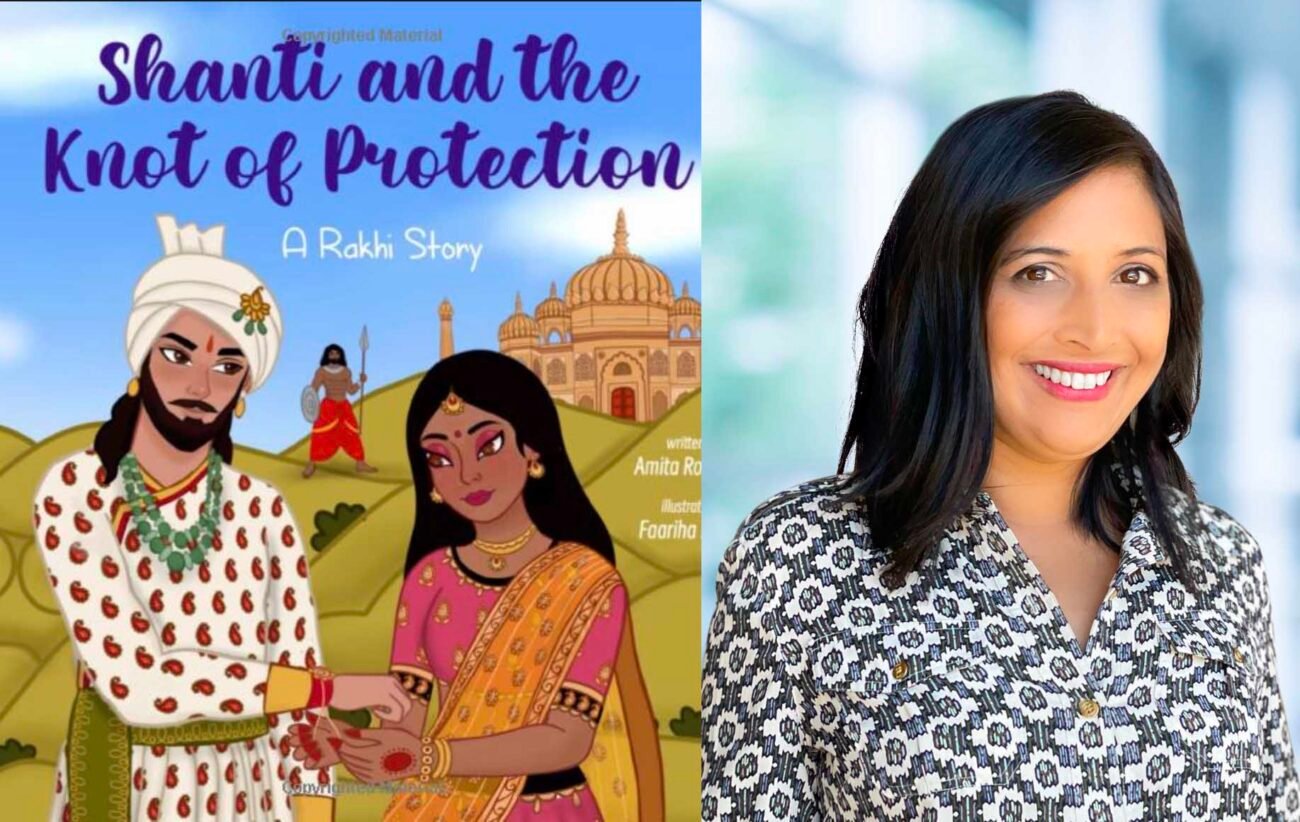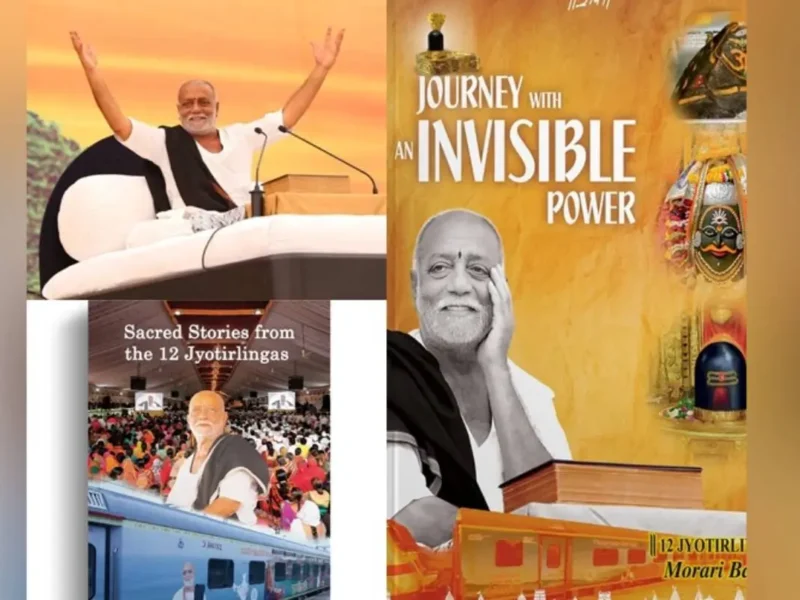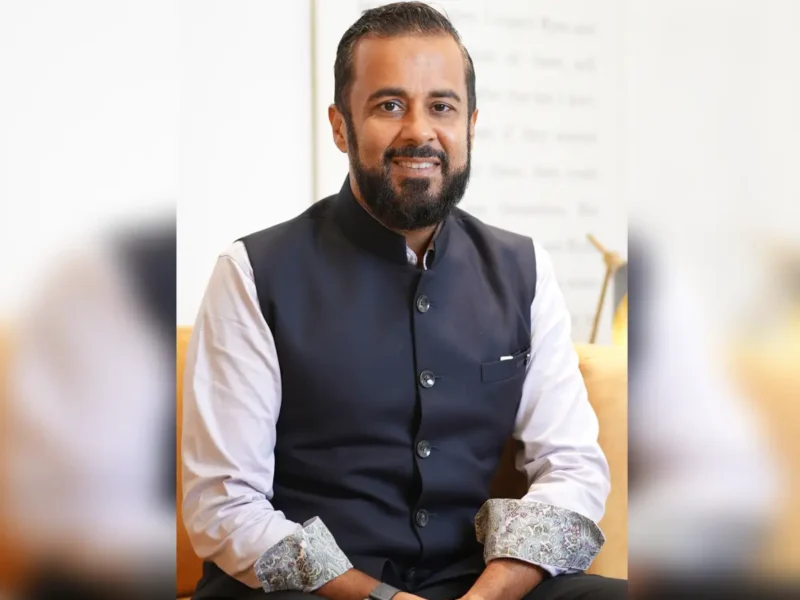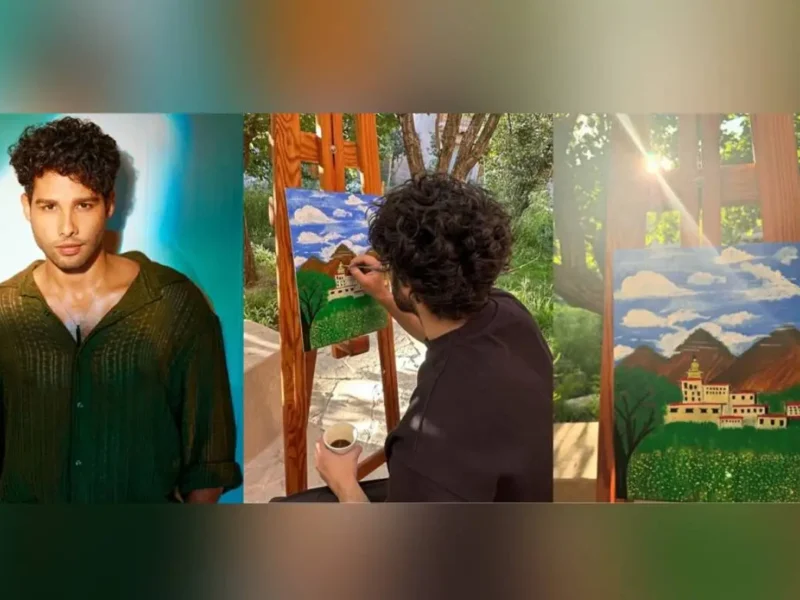Cultural Changes: From Rakhi And Bhai Phota To Contemporary Celebrations
By Dr. Amita Roy Shah
Senior Lecturer, San Jose State University
I was born and raised in California and I’m also raising my own family here. When my parents first immigrated here in the 1970’s they were trying to assimilate to become more like the norm to fit in and be accepted. There was the over-arching belief that immigrants needed to assimilate (i.e. melt away their differences), to become more like the mainstream “American” culture: White, Anglo-Saxon, Protestant. They needed to speak English, not Bengali. They needed to celebrate Christmas and Easter, not Diwali or Rakhi.
My parents, and the Bengali community in which we were raised, were keenly aware of what immigrant communities needed to do so that their kids could be accepted into this new country. There was a steep learning curve when it came to assimilating or melting away their differences. In addition to that, they also had the internal struggle of keeping their Indian cultural heritage, values, and beliefs alive for their children.
These internal struggles led them to celebrate Indian cultural heritage covertly, inside their homes. Many Indian families that celebrated Indian festivals often did so from the safety and privacy of their homes. I remember my mom lighting 14 candles all around our house, but it was never something that I talked about at school. It wasn’t a celebration that is mainstream like it is today, all over the media, in our schools, communities, and in the White House. Diwali even has a U.S. postal stamp dedicated to it! Today, my non-Indian friends and I joke around about how “Diwali” was such a secretive event in the past because even though they knew I was Indian and I was a good friend, they had no idea I was celebrating Diwali inside my home for so many years!
Growing up, my brother and I also celebrated Rakhi, the knot of protection that celebrates the bond between brother and sister in August —and we celebrated bhai phota, which is a Bengali version of Rakhi that happens during Diwali. Both celebrate sibling relationships and feel protected and secure in that relationship. Both celebrations also have different Indian mythological reasons for being celebrated. Rakhi celebrates the symbol of protection with a string, and Bhai Phota celebrates it by putting a small cosmetic dot (or tikka) on the brother’s forehead.
In contemporary times, we have moved away from having to assimilate into the mainstream culture, to celebrating all the cultures that make up a part of who we are— acculturation. Both of these terms (assimilation and acculturation) have to do with how individuals adapt their cultural identity, beliefs, and values when they move to a new country. Assimilation is related to giving up one’s cultural identity while adapting to mainstream culture, while acculturation is about keeping parts of your cultural heritage and identity that you relate to and connect with.
Today, my kids celebrate Rakhi and we host Rakhi dinners and parties. We read books about the festival at our local libraries and schools, we share pictures about our celebrations with our friends who don’t celebrate the festival, and we can buy Rakhi’s at our local Indian grocery store. The celebration of Rakhi is even going beyond celebrating with brothers and sisters, to being celebrated by siblings who are both boys and girls to children without siblings.
In contemporary times, we celebrate with our network of family and friends that we have created in the communities that we live in. We celebrate with our family and cousins back home by mailing them a rakhi.
This summer, I launched my new children’s book, Shanti and The Knot of Protection: A Rakhi Story to provide more context to our children about the origins of Rakhi—but also to highlight the ways the celebration is also changing. I am thrilled that the local Dublin Library will be hosting a reading of my book this summer. I couldn’t imagine walking into a local library to hear a book about the Indian cultural festivals in the 80s or 90s.
The celebration of Rakhi is also changing and I believe it is more inclusive than it was before. It’s for anyone that wants to celebrate relationships that are like “sibling relationships.” Relationships that allow for us to feel protected and secure can be honored with a rakhi. The images in my new children’s book, Shanti and The Knot of Protection: A Rakhi Story represents and validates the experiences of all children that have been celebrating this festival in modern times.
Having been raised in California during a very different time period of assimilation, today it’s amazing to see how acculturation is taking place for my own children and our cultural traditions are changing. These traditions are also gaining more voice in mainstream media, and I wanted my book, Shanti and the Knot of Protection: A Rakhi Story to be a part of that conversation and to reflect the changes we are seeing in our society today.
More About This Book:
Shanti and the Knot of Protection: A Rakhi Story (link: https://a.co/d/buxDvVn) discusses the origins of Rakhi, with a story of a young queen who needed protection from a King to make sure her queendom was not taken over by an evil conqueror named Asura. This is based on the historical story that is set in the 1500s in Rajasthan and is similar to the story of Queen Rukmini who asked for protection from King Humayun.
This young queen loses her parents at a young age and decides to rule her new queendom by the four values her parents have taught her: strength, curiosity, community, and security.
My hope is that parents can use this book as a conversation starter to discuss what values they want their kids to live by and to help them learn how to balance the four domains of well-being: physical domain, cognitive domain, social domain, and emotional domain. These domains are all connected to one another and influence our overall well-being in life.
I also hope that parents will talk to their children about the importance of having authentic friendships and relationships in our lives. Talk to your children about the importance of having relationships in which have people (family or friends) will be there to support them in times of need.
This Rakhi, celebrate siblings, cousins, or friends who help us feel secure and loved. We all know how important these values and friendships are post-pandemic. Exposing our children to these topics from an early age is critical for their overall happiness and well-being. Through these types of conversations, we can raise children who are strong and confident in the decisions that they make and the values they live their lives by.
(Rakhi, this year, falls on August 30. Shah is a former teacher for Los Angeles Unified School District and a curriculum designer for Learning Without Tears. She received her Master’s in Education from Pepperdine University and her doctorate in Curriculum and Teaching from Teachers College, Columbia University. Since 2011, she has been a senior lecturer in the Department of Child and Adolescent Development at San Jose State University.)






Jayananda Hiranandani
/
By knowing and speaking more tha one language makes it easy to learn languages, later on, as may be needed for business for business purposes. For example, people are learning Manadarin due to importance of Chine in business. Similarly, those in diplomatic services need to know more than one language.
July 28, 2023